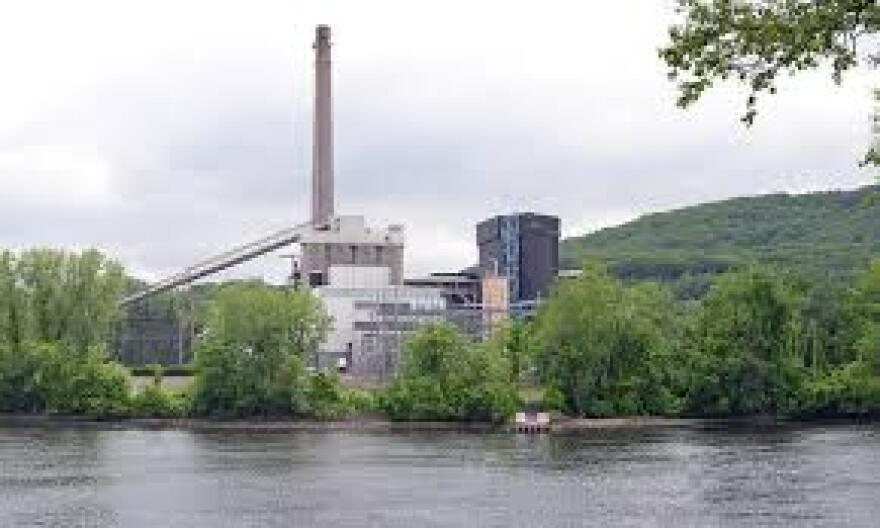President Obama is proposing the toughest regulations in U.S. history to combat climate change. Researchers say the president’s plan to reduce power plant emissions would also have a substantial and immediate impact on people’s health.
In a video previewing Monday’s formal announcement, Mr. Obama said U.S. power plants are the biggest domestic source of pollution that contribute to global warming. A regulation would require existing power plants to cut emissions by 32 percent by 2030. There are also restrictions on building new coal-burning power plants and requirements to have more of the nation’s energy generated by clean sources such as solar and wind.
" We limit the amount of toxic chemicals like mercury, sulfur and arsenic in our air and water, and we are better off for it. But existing power plants can still dump unlimited amounts of harmful carbon pollution in the air we breath." For the sake of our kids, for the health and safety of all Americans that is about to change, " said Mr. Obama.
The U.S. Environmental Protection Agency proposed regulations more than a year ago to reduce carbon emissions from the nation’s power plants. Researchers, who studied the proposed standards, and other alternatives, found the EPA’s plan would also be a boon to public health, resulting in fewer heart attacks and other illnesses related to air pollution.
" As soon as the policy is implemented and these changes are occurring we will see air quality improvements essentially immediately," said Dr. Jonathan Buonocore of the Harvard T.H. Chan School of Public Health, who co-authored a study that projects 3,500 premature deaths in the U.S. would be prevented every year as a result of the plan to curb power plant emissions.
"When you regulate carbon you are also going to affect the emissions of other co-pollutants like nitrogen oxide, sulfur oxides, fine particle matter, and soot," he said.
The study said people in all of the lower 48 states would have cleaner air as a result of the carbon reduction targets with people in Pennsylvania, Ohio, and Texas seeing the most health gains.
But the president’s plan will face lawsuits from the energy industry and opposition from coal-producing states and Congressional Republicans.
Massachusetts put carbon emission limits on power plants in 2001 and later put policies in place to encourage the development of a clean energy sector. Ben Hellerstein, state director of Environment Massachusetts said the result has been a boom in solar power.
"We have seen solar energy grow by more than 150 times in Massachusetts since 2008," said Hellerstein. " We can continue on that path and get more and more of our energy from the sun."
The last coal-fired power plant in western Massachusetts, Mount Tom Station in Holyoke, shut down last year. Carlos Rodriquez of Neighbor to Neighbor was part of a coalition of local and national environmental activists who campaigned for years to close the plant that they blamed for elevated asthma rates in the lower Pioneer Valley.
" It was a great victory for Holyoke and statewide, " said Rodriquez.
The owners of the Mount Tom plant have not said what they plan to do with it.
A reuse study conducted by the city of Holyoke along with an economic development consultant and the Massachusetts Clean Energy Center produced three possibilities that all include putting solar panels on part of the 128-acre site.







